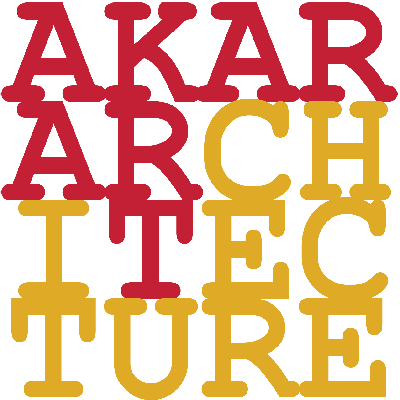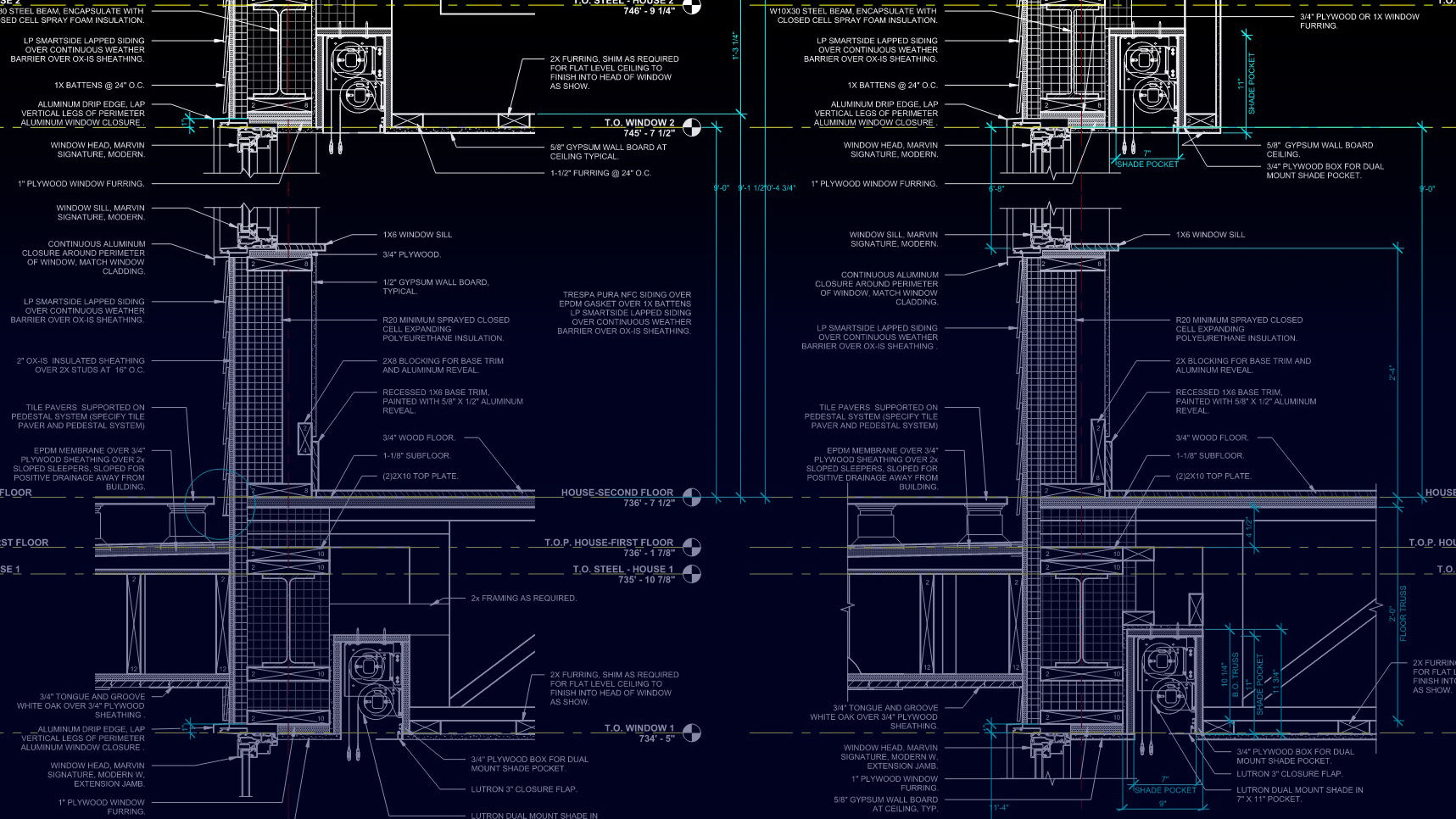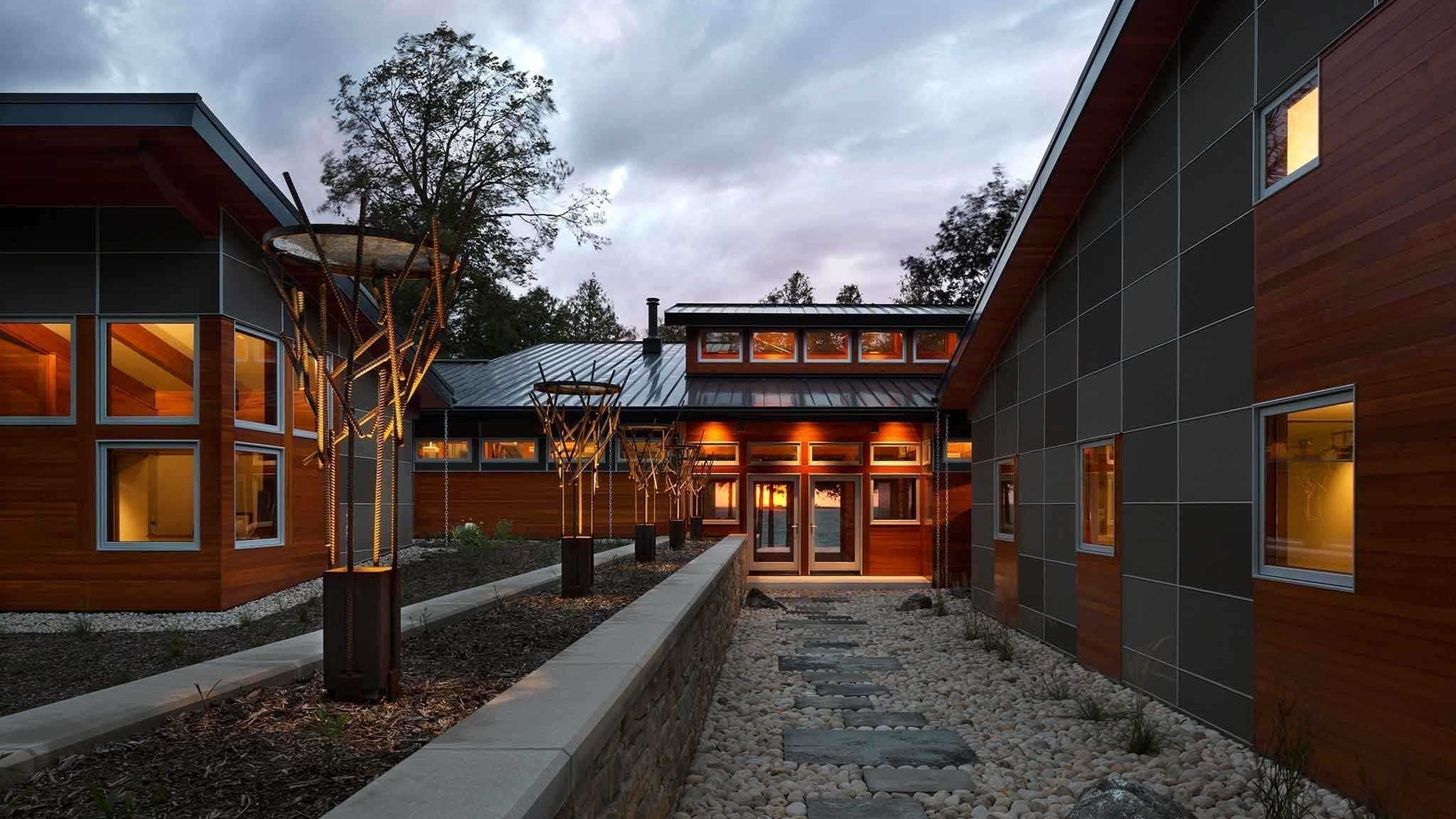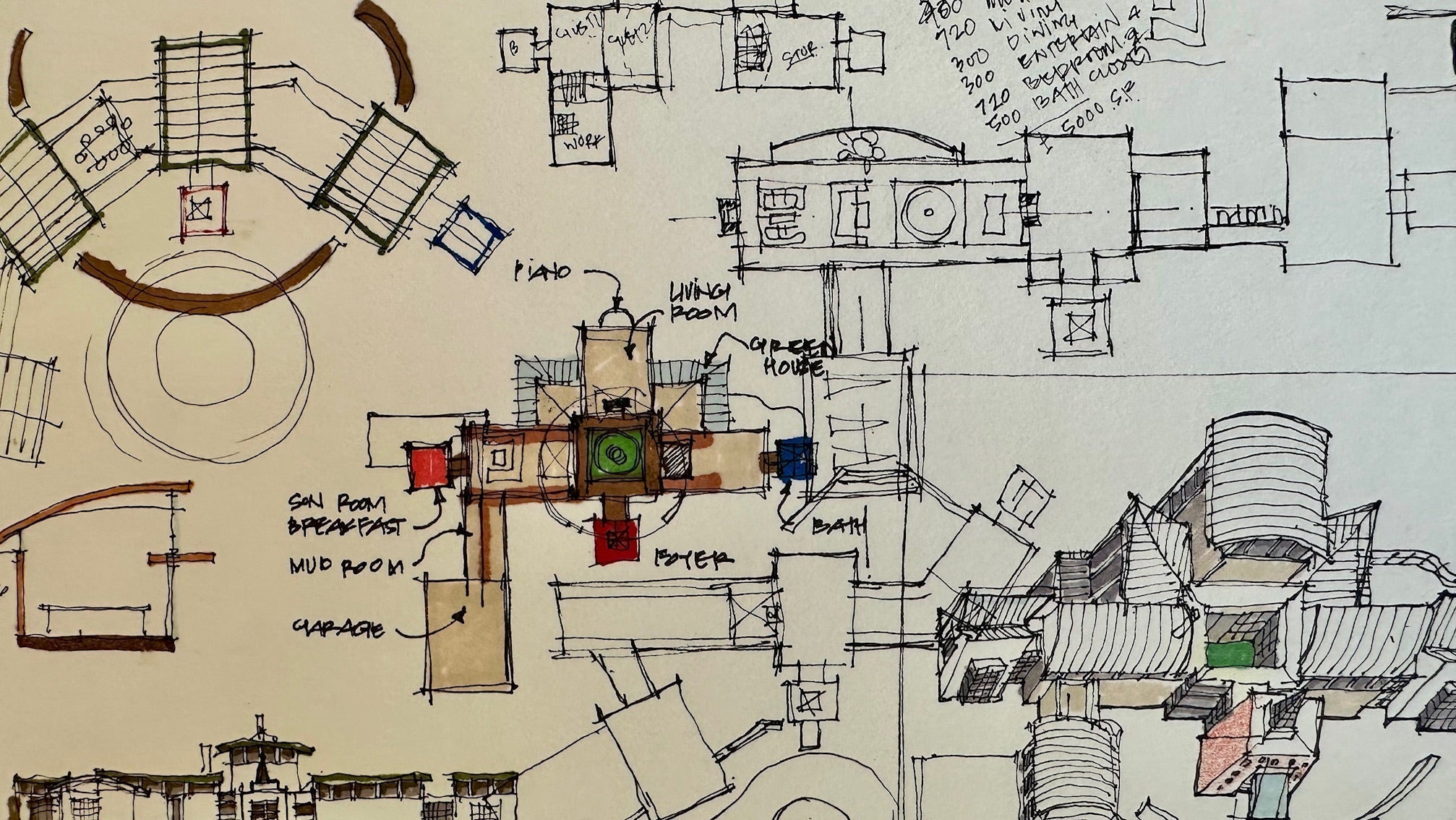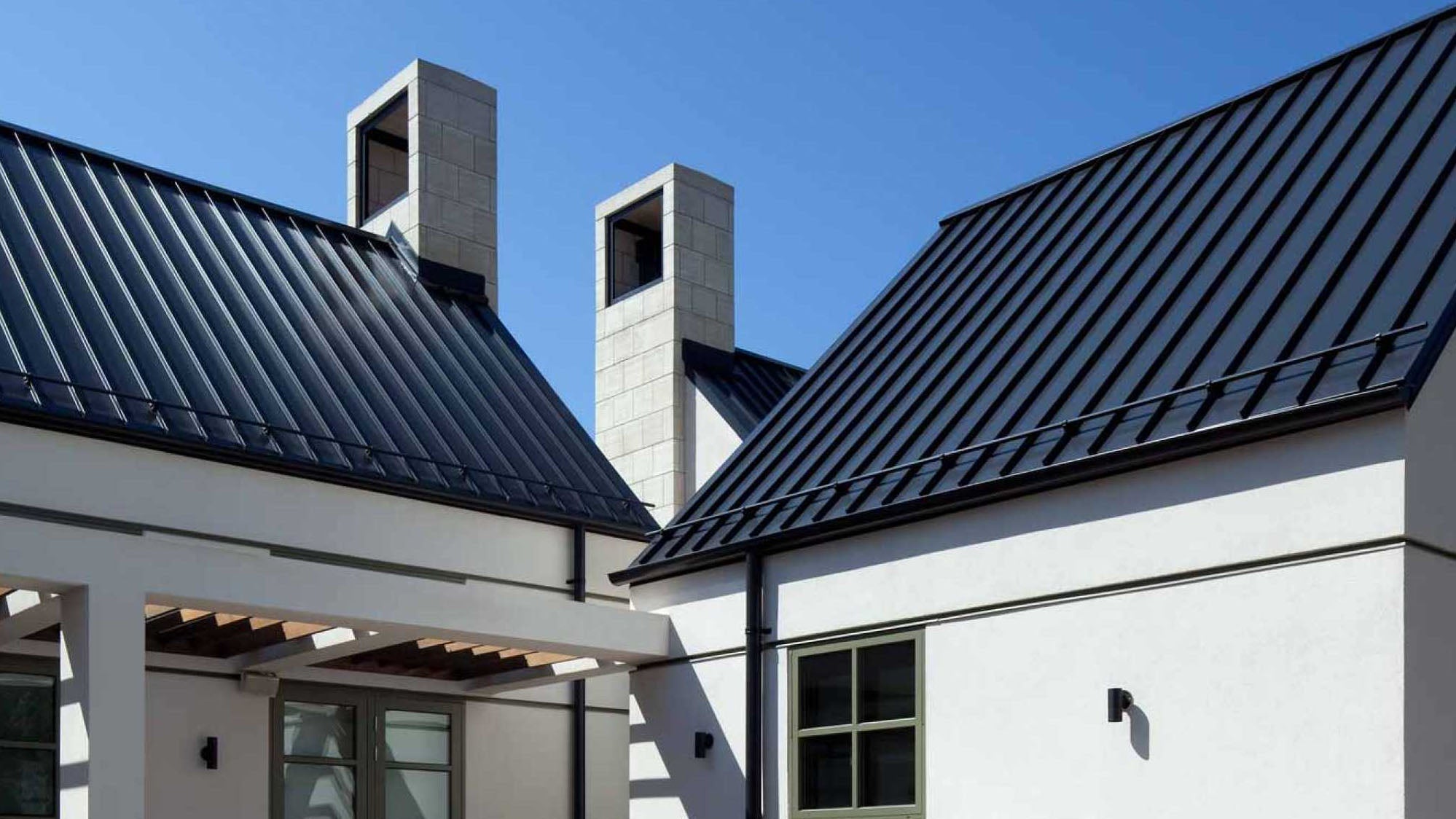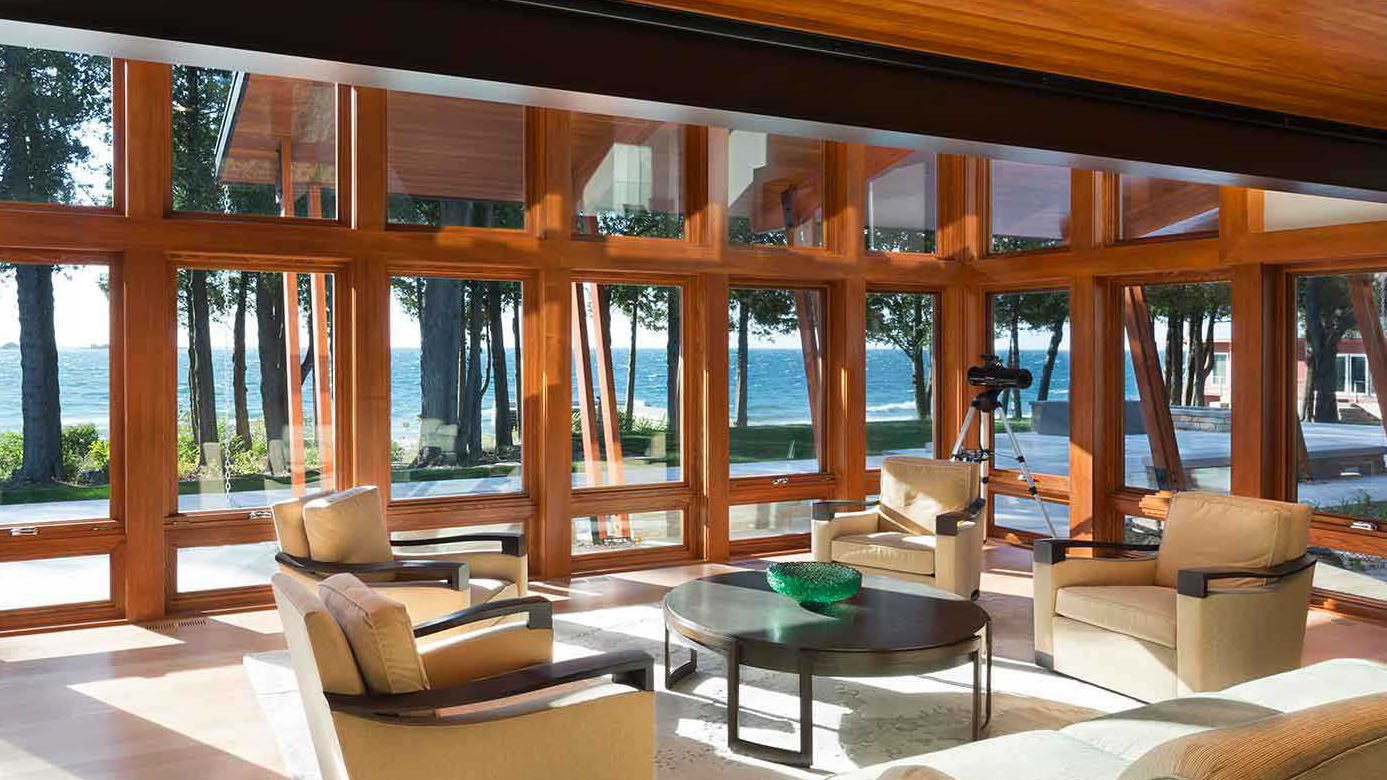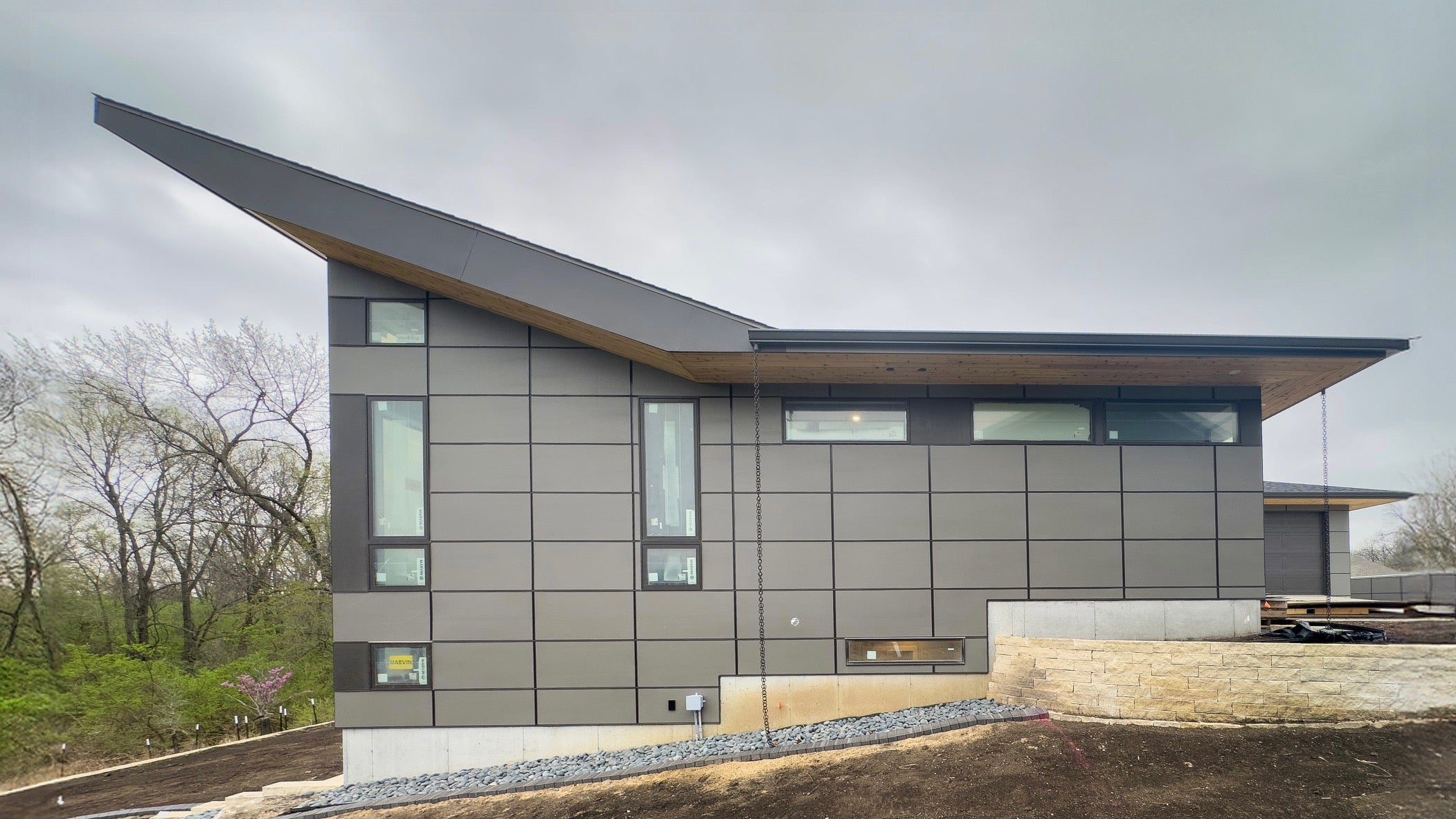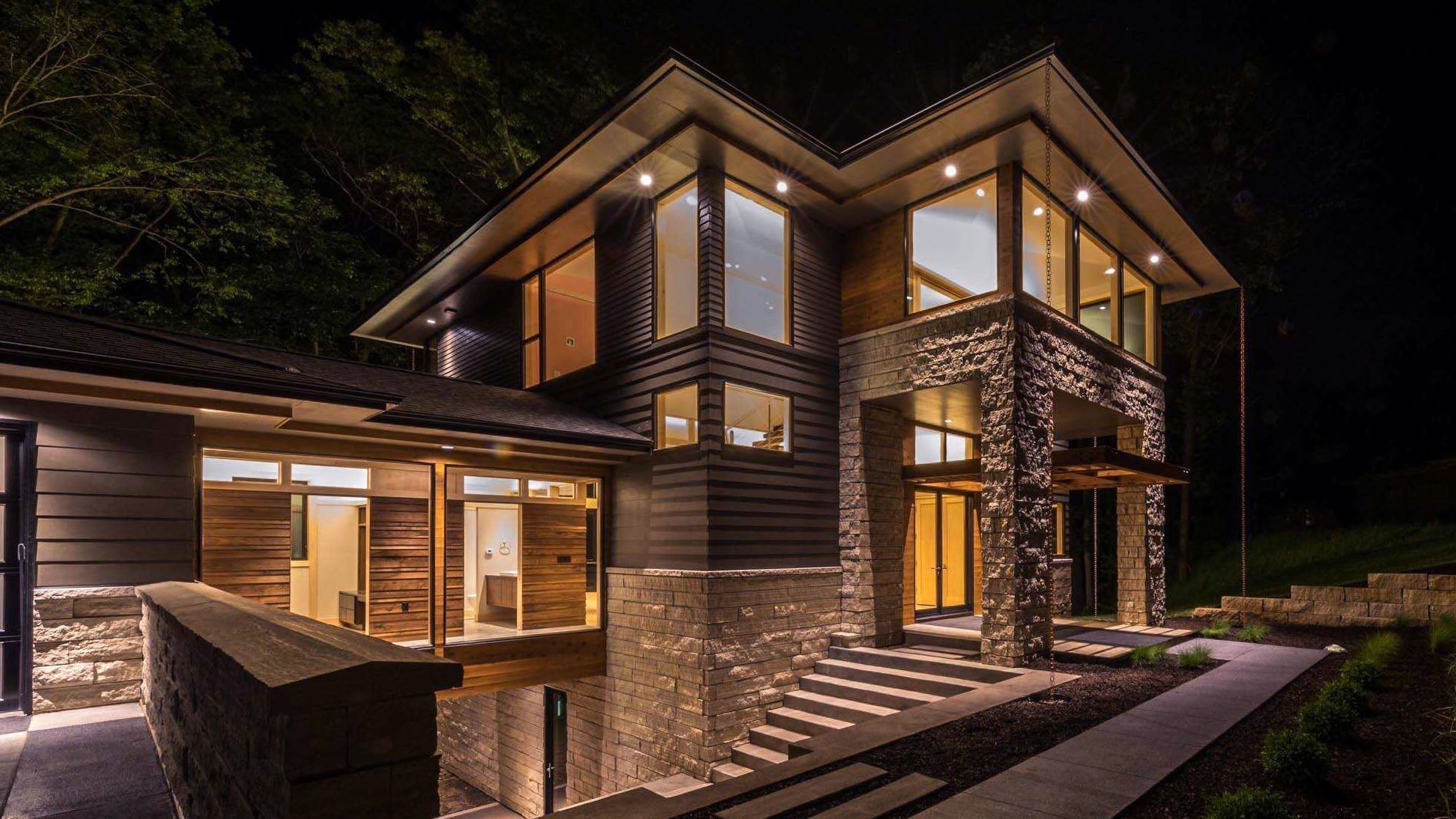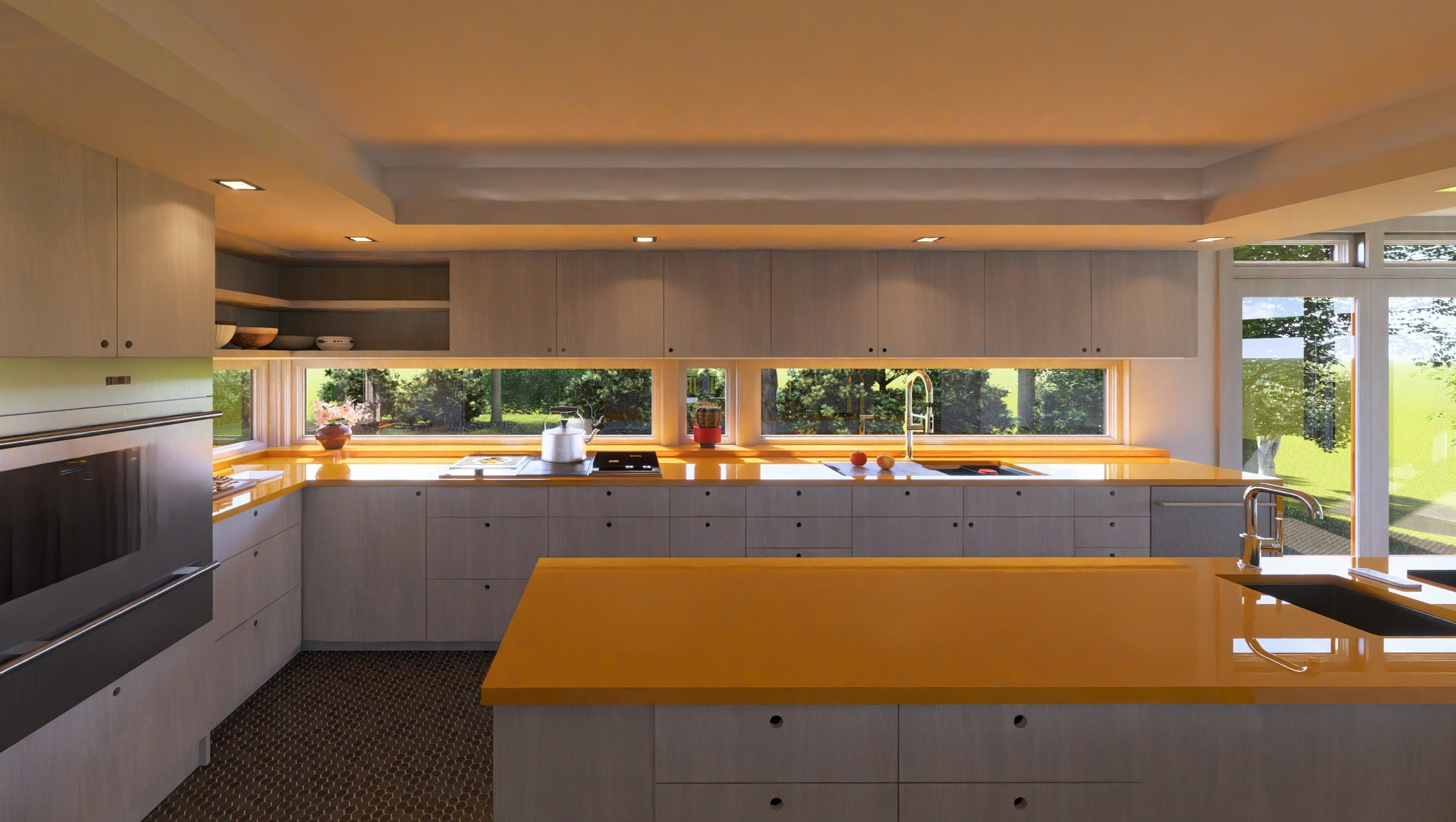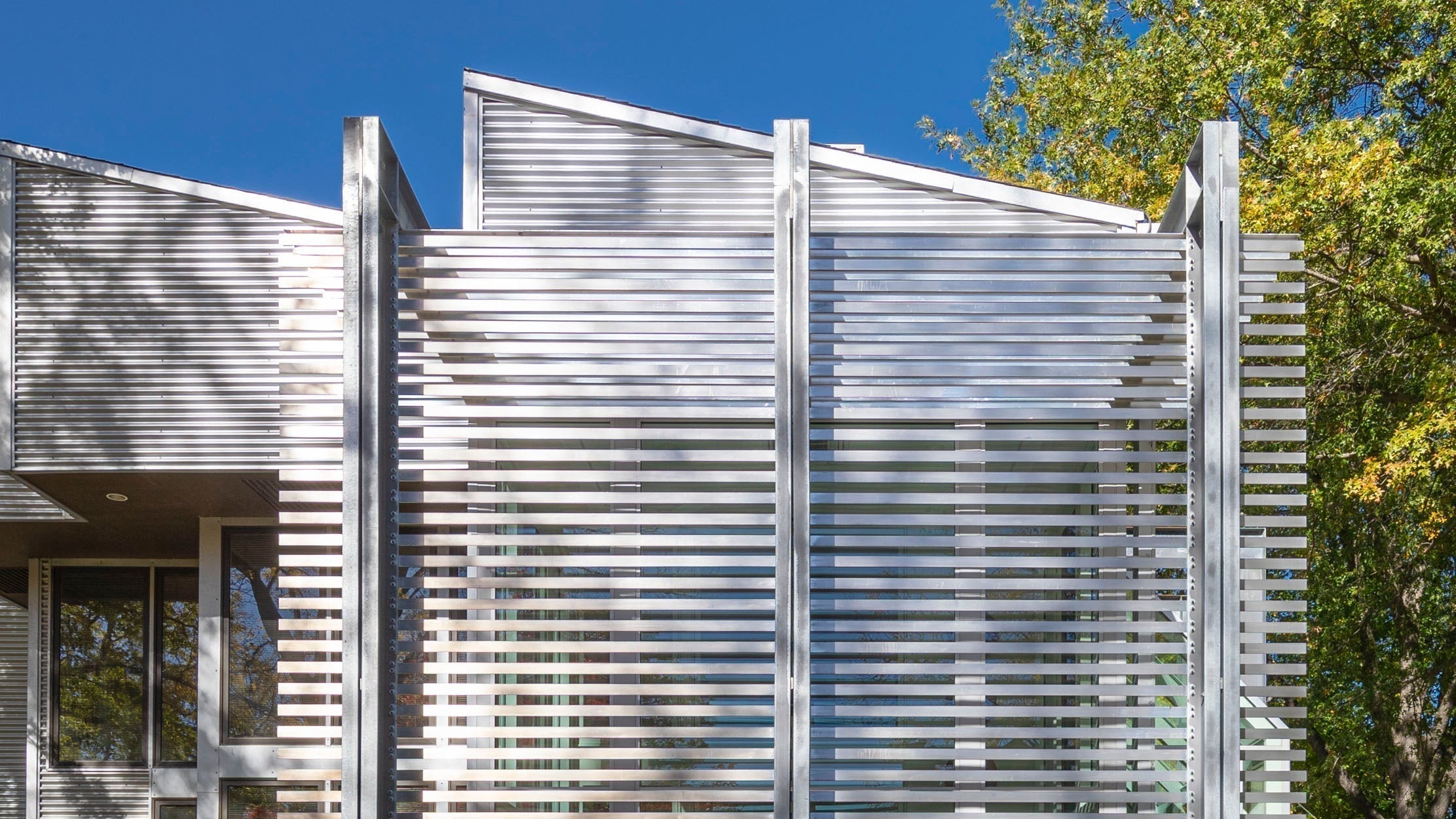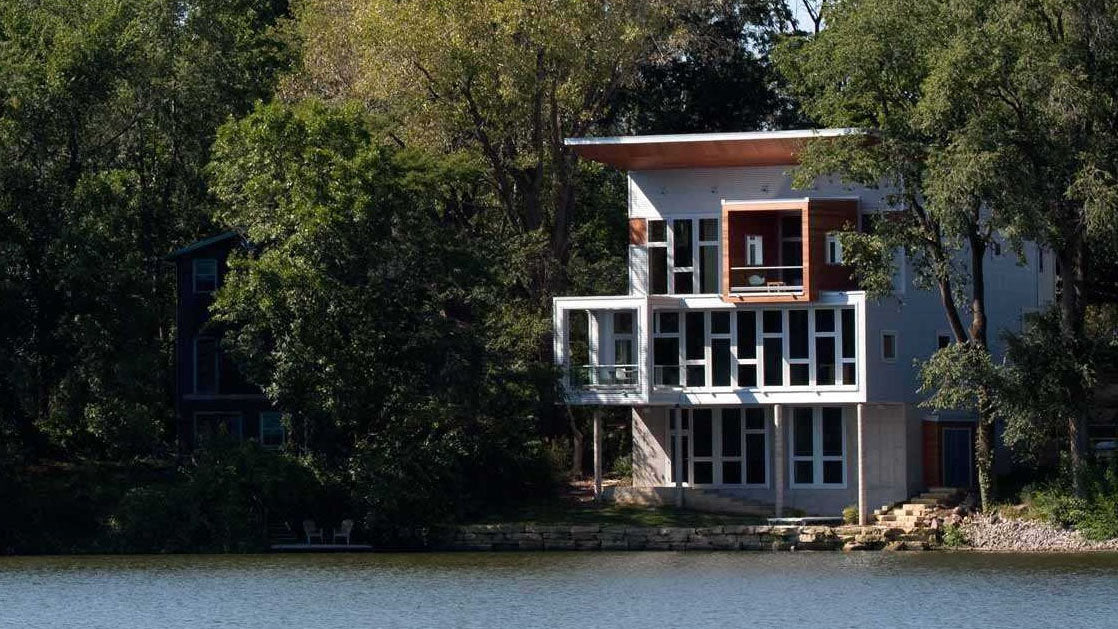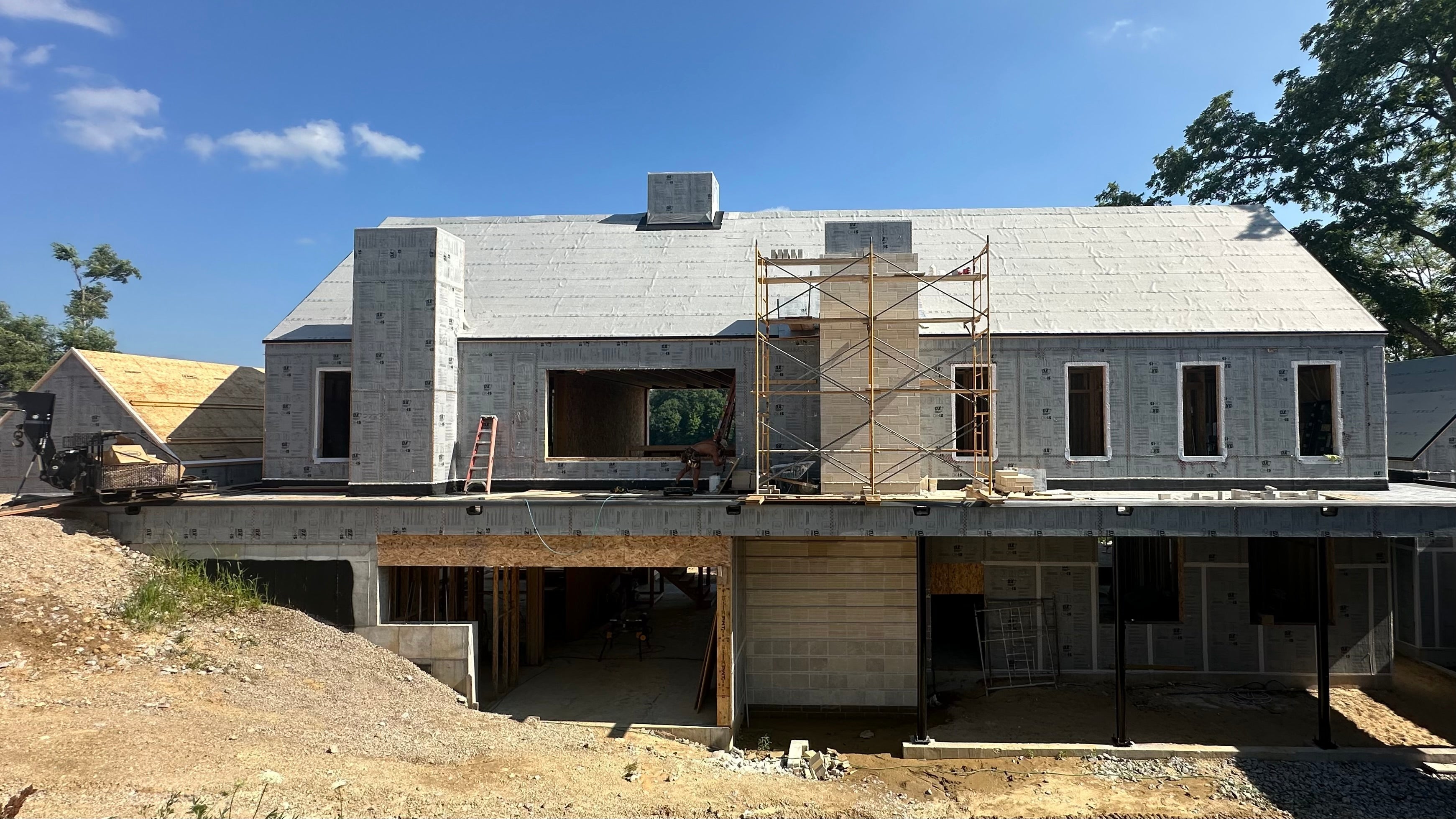Practical Ideas and Gentle Advice for Remodeling Your Home
Remodeling your home is one of the most rewarding — and challenging — things you can do as a homeowner. Whether you’re updating a beloved family house to suit how you live now, opening spaces for better light and flow, or reimagining your home’s connection to your landscape, a remodel can breathe new life into what you already have.
At Akar Architecture, we’ve helped homeowners across Iowa City and throughout Iowa thoughtfully transform everything from modest American Foursquares to larger homes with deep family histories. Through this work, we’ve learned that the best remodels start with clear goals, honest conversations, and an openness to discovering what your house wants to become.
1. Understand why you’re remodeling
Before you talk to builders or architects, take time to write down what’s motivating you. Do you need more space for family gatherings? Better connection to your backyard? More daylight in your kitchen? Or is your home simply feeling dated or disconnected from how you want to live?
Good remodels solve problems you feel every day — and make daily life better in ways you can’t always see at first.
2. Know your site’s opportunities and limits
Your house doesn’t exist in a vacuum. When planning a remodel or addition, it’s important to understand your site’s unique conditions — contours, existing trees, gardens and hardscapes, and even how sun and wind move through your lot. Local requirements like setbacks, easements, or neighborhood covenants, governed by your city or county, can also shape what’s possible. The more you know about your site’s opportunities and limitations, the more gracefully your remodel will fit into its surroundings.
3. Think carefully about additions — match or contrast?
When adding onto an older home, you have two broad design paths: seamlessly match the existing style or deliberately contrast it with something new.
Matching the Existing Style
Pros:
- Preserves the historic character and charm
- Creates a cohesive, timeless look
- Often preferred in older neighborhoods
Cons:
- Can be more challenging and costly to replicate historic details and materials
- May limit modern building techniques.
Adding a Modern Design
Pros:
- Clearly shows the evolution of the home
- Allows contemporary ideas and technologies
- Can be more cost-effective if you aren’t recreating historic details
Cons:
- May not appeal to traditional tastes
- must be designed carefully to complement rather than compete with the original house.
A good architect will help you weigh these options so that your addition feels intentional and true to your home’s story.
4. Be realistic about budget and time
Remodels are rewarding but often come with surprises — hidden structural quirks, aging systems, or code updates that add costs. Build a cushion into your budget and timeline. A clear design and detailed construction drawings will help minimize unexpected costs once construction begins.
5. Assemble your team early
Many homeowners wait too long to bring in an architect or designer. But the right team can help you test ideas, avoid costly missteps, and translate your vision into clear plans for your builder.
At Akar, we often collaborate with local builders and tradespeople from the very start — many of whom we know well — to help ensure your remodel moves smoothly from design through construction.
6. Respect what your house wants to be
Not every remodel needs to be dramatic. Often, the most meaningful changes come from subtle shifts: reworking circulation, opening a dark stair, framing a better view to your garden. A successful remodel balances old and new — keeping what works and adding what’s missing — so your home feels like it always belonged, just better suited for the way you live today.
Ready to begin?
Remodeling can feel overwhelming. But with the right questions — and the right team — it’s deeply satisfying to watch a familiar place become your dream home again. If you’re planning to remodel your Iowa home, we’d be glad to talk through ideas and see where they might lead.
